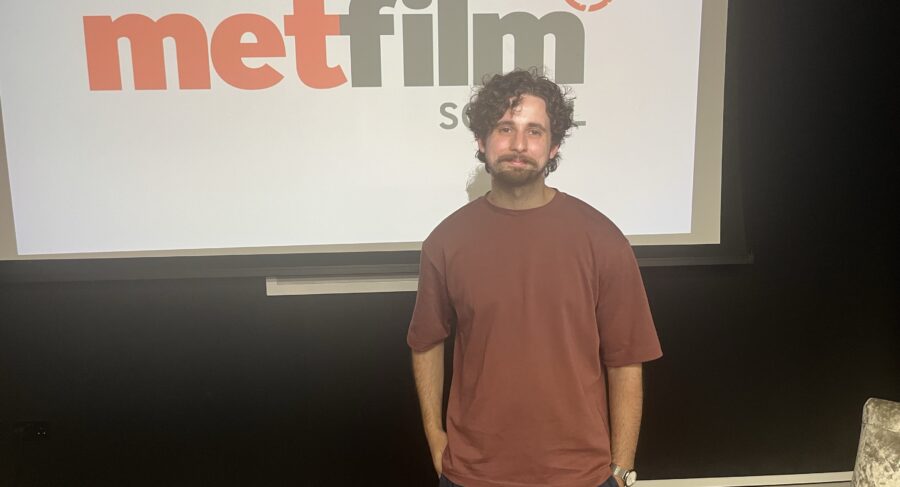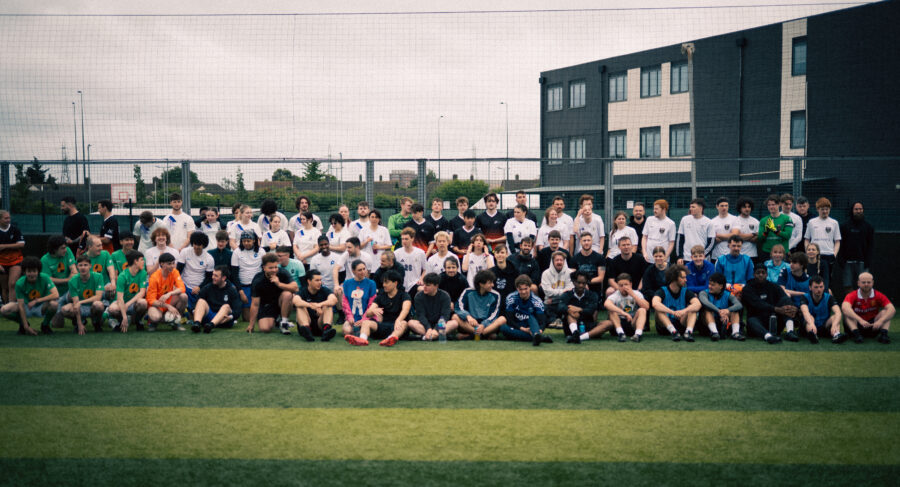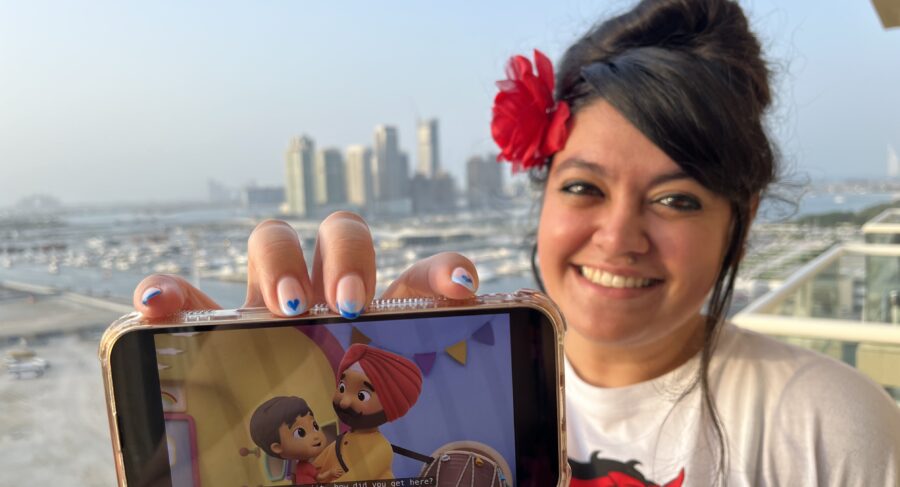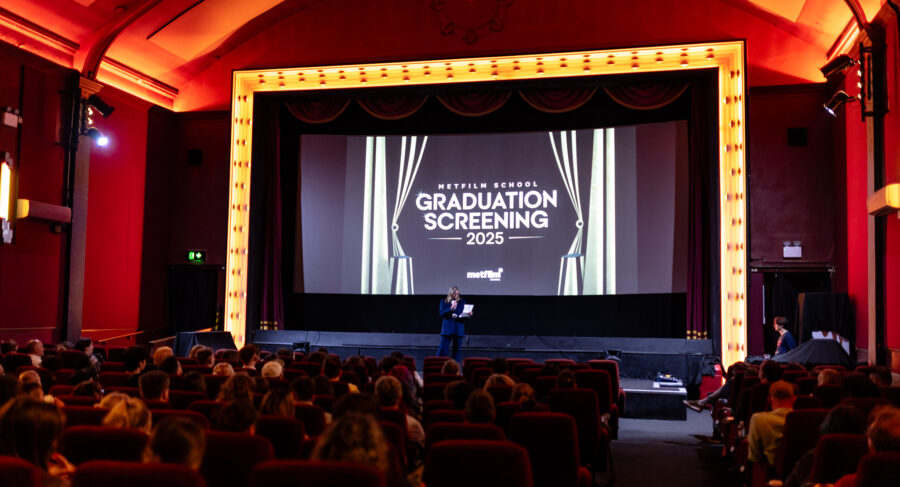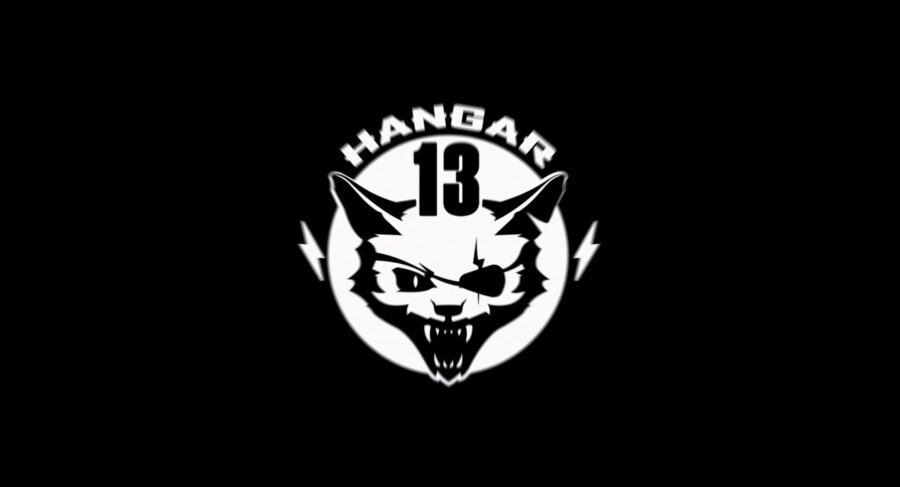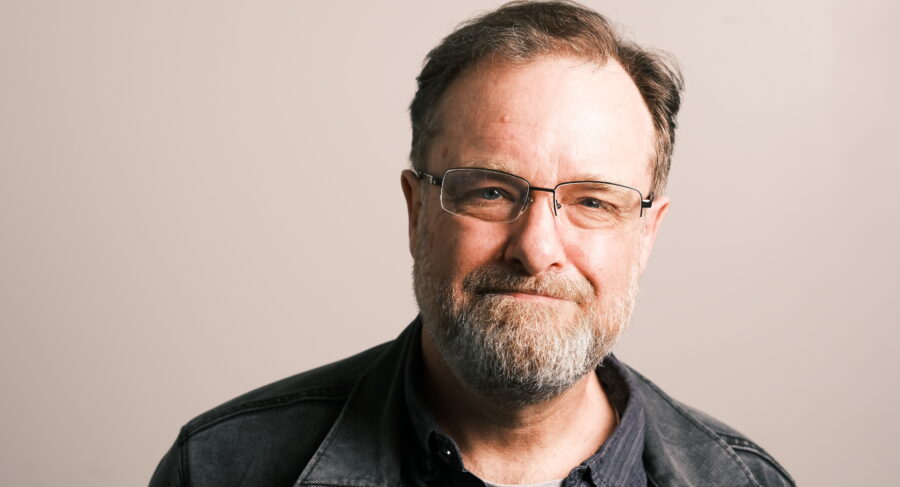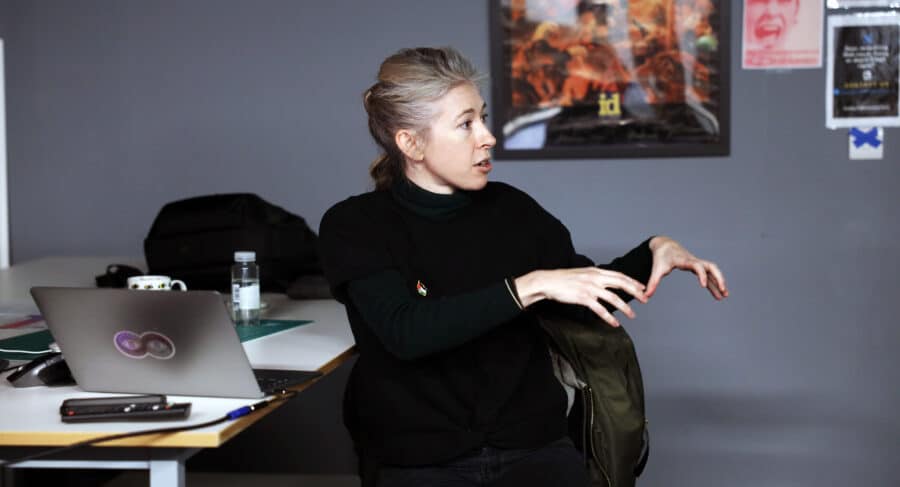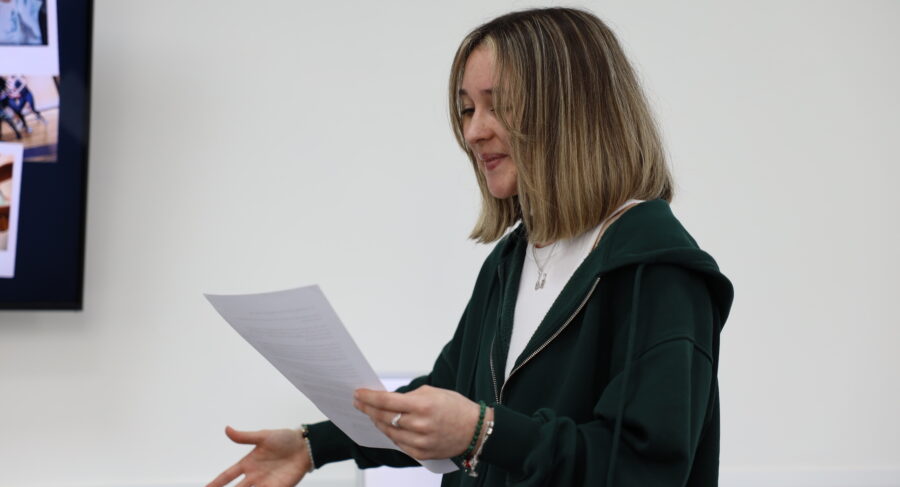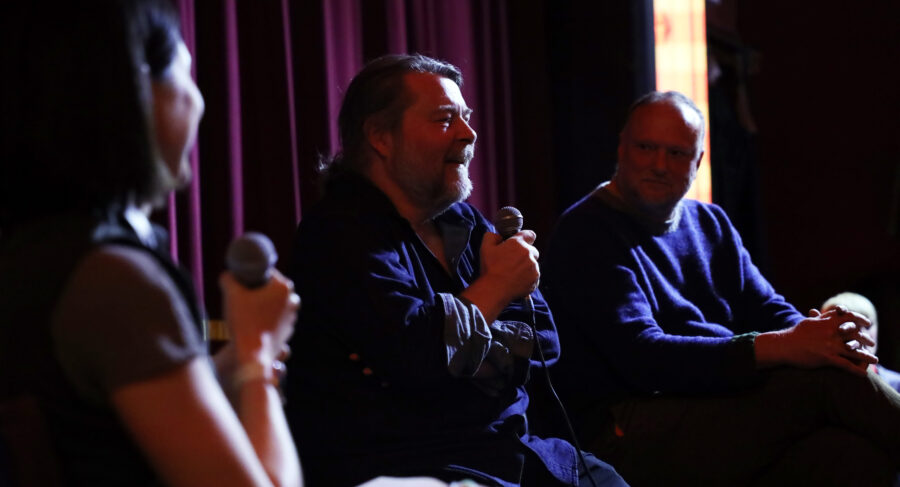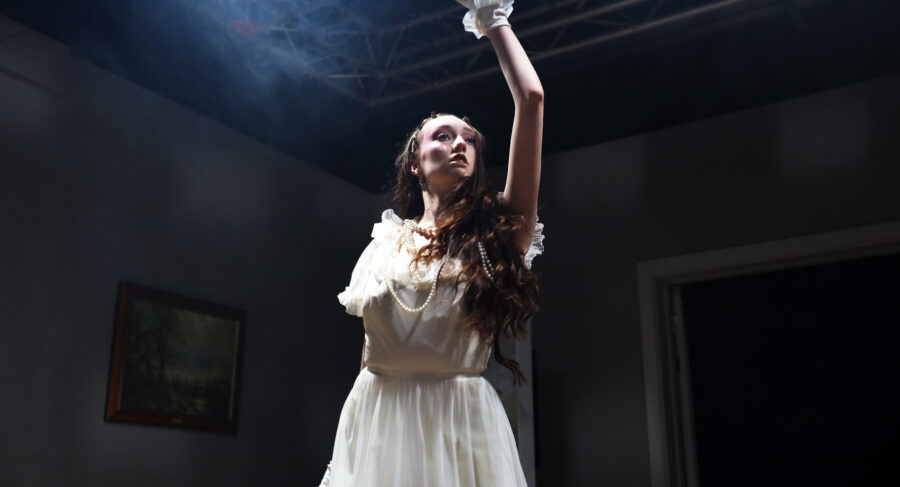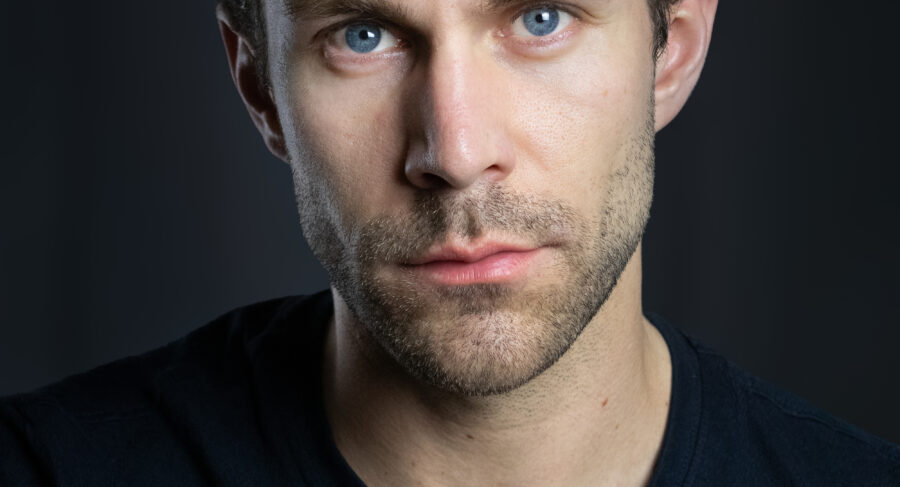Teja sai Gajji (MA Cinematography) on viral PUMA India Campaign
By Elise Czyzowska
27 April 2023
Earlier this year, PUMA India launched a new social campaign with an aim of bridging the gender gap in cricket. Starting with a Google search, ‘Indian cricket team captains’, they highlighted the all-male results, which left out Women’s Captain Harmanpreet Kaur.
The campaign soon went viral, with platforms such as LinkedIn and Twitter flooded with the hashtag #IndianCricketTeamCaptainHarmanpreetKaur, and on Instagram, the launch video for the campaign has amassed over 26,000 likes.
MA Cinematography graduate from our Berlin campus, Teja Sai Gajji, worked as Director of Photography on this launch video, and in today’s blog, he spoke about the experience, including how it feels to see such a massive social response to his work.
From PUMA’s initial pitch, what were your first steps on the project?
Our production house, NM Studios, has been associated with PUMA for almost a year now, so when the team approached us about promoting Indian women’s cricket team players, we immediately started to brainstorm ideas.
Our first steps were to research the history of cricket, and it’s association with being ‘a gentleman’s game’ – we wanted to showcase that cricket is a game for everyone, regardless of gender. We also researched the achievements and stories of women’s cricket team players, such as Harmanpreet Kaur, to understand their struggles and successes – we used this knowledge to create a story that would resonate with the audience.
As Director of Photography on the project, my process involved working closely with the Director (Nataraja Moorthy) and creative team to design the creative vision. We wanted to create a visual language that would be unique and memorable – for this, we landed on a mix of slow-motion shots, close-ups, and a focus on the natural elements (fire, dust, rain, wind) to create a dynamic, immersive experience.
What was the shooting experience like for the main launch video?
I thoroughly enjoyed the shoot, and every decision I made was a valuable learning experience. With a 50-person crew, I had to remain focused and dedicated to the director’s vision, but as DOP, I also had to be assertive, and constantly communicate with my lighting crew, to ensure that the work was completed to the highest standard.
One of my fondest experiences from the experience was the vibrant and dynamic atmosphere on set, with multiple setups occurring simultaneously, and the players all being really supportive, giving their best at every shot.
View this post on Instagram
Watch the official campaign video on PUMA India’s Instagram…
Having worked with director Nataraja Moorthy for five years now, what do you think makes a productive Director-DOP relationship?
From my experience, a productive Director-DOP relationship should always be a symbiotic one, where both parties collaborate and communicative effectively. It’s also one where both parties respect and understand each other’s roles – you should be working together towards a common goal.
For the Director of Photography in particular, I think the most important thing to keep in mind is that you are responsible for capturing the director’s inner thoughts, and bringing them to life through the visual medium.
You mentioned that it was quite overwhelming to work in such a large crew – how did you manage this?
One of the most important steps you can take is to make sure you’re clearly communicating with your crew – for the DOP, this includes thoroughly understanding your shot list, storyboard, and schedule, because that ensures you stay on track, and that everyone is on the same page.
It’s also important to stay calm under pressure, and to trust your instincts – which also means being flexible, and adapting to any unexpected changes that may arise.
For example, we planned our shooting schedule around having certain players come in on specific days, but when there were last minute schedule changes, we immediately started to change our set-ups to make things work. It’s your job to make the most of what you have available at any time.
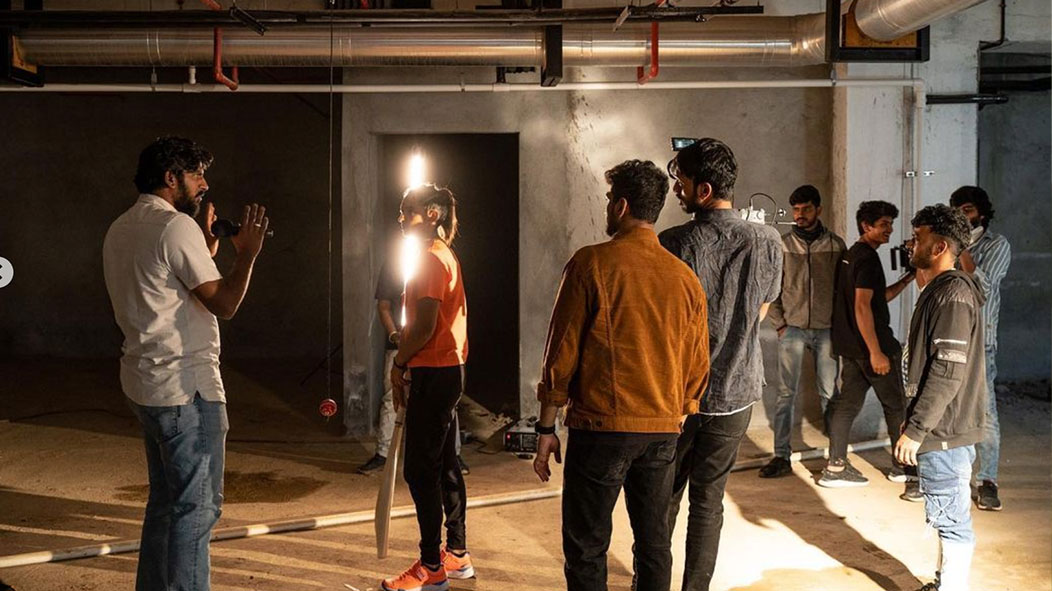
Created to address the gender gap in cricket, the campaign has a clear social message – is that why you enjoy commercial filmmaking?
Commercial filmmaking provides a platform to showcase creativity, while also delivering a clear message. It’s a powerful medium to convey social messages, and to raise awareness – and the PUMA advert is a great example of this.
Some filmmakers are drawn to the creativity and storytelling aspects of the medium, while others enjoy the fast-paced nature of commercial productions – whatever the reason, it’s a challenging and rewarding sector to work in, and one which gives you the opportunity to make a positive difference in the world.
What has it been like, seeing the response to the campaign?
As a filmmaker, seeing a positive response to a campaign that you’ve worked on is extremely rewarding. It’s a validation of the hard work, creativity, and effort that went into bringing the project to life.
When a campaign resonates with the target audience, it leads to increased brand awareness, positive sentiment, and even improved sales – but it can also have a ripple effect on social media, which we saw with this campaign, with articles and celebrity shoutouts helping to spread the word.
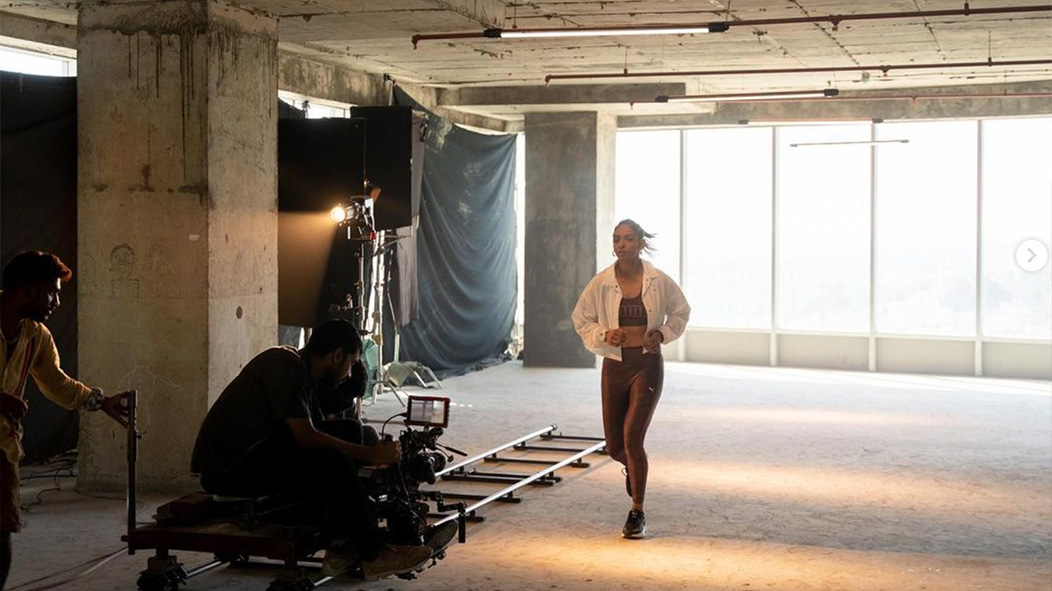
Finally, for those considering MA Cinematography, what would be your top piece of advice?
Stay curious, and keep learning. A career in cinematography requires a deep understanding of visual storytelling, camera techniques, lighting, and post production (amongst other things!). To excel in this field, it’s essential to stay up to date with the latest technology and techniques, and to constantly explore new ways to tell a story visually.
- Teja Sai Gajji studied MA Cinematography at our Berlin campus. This course is also available in London and Leeds.
- You can find out more NM Studios on their website and Instagram.

